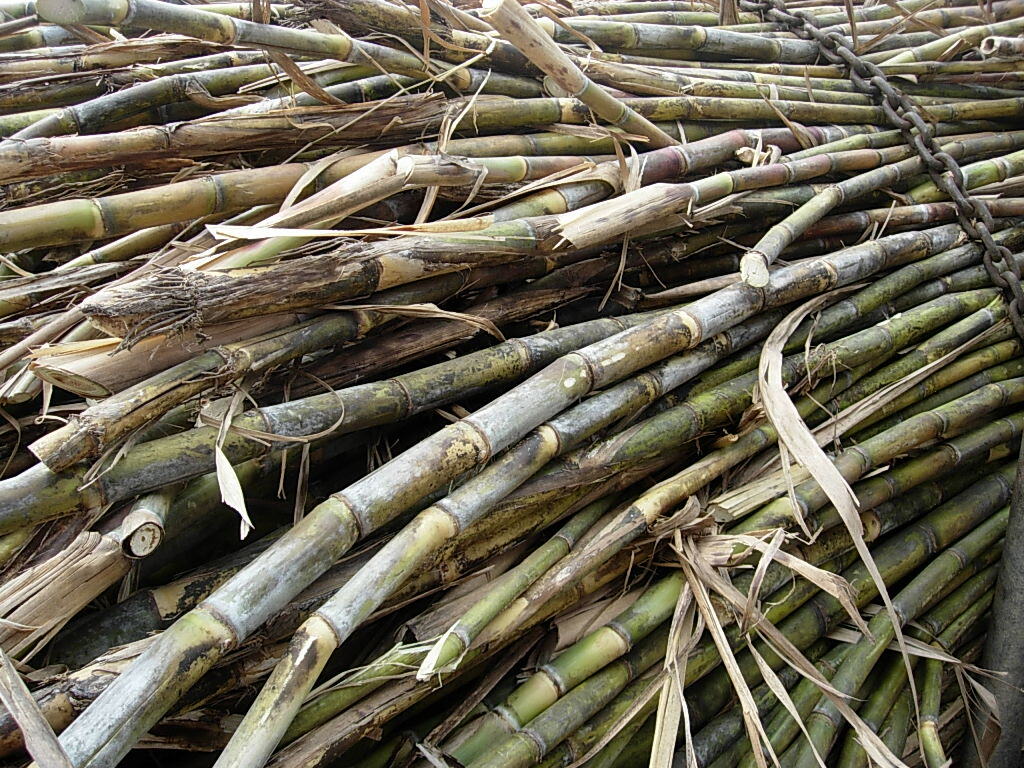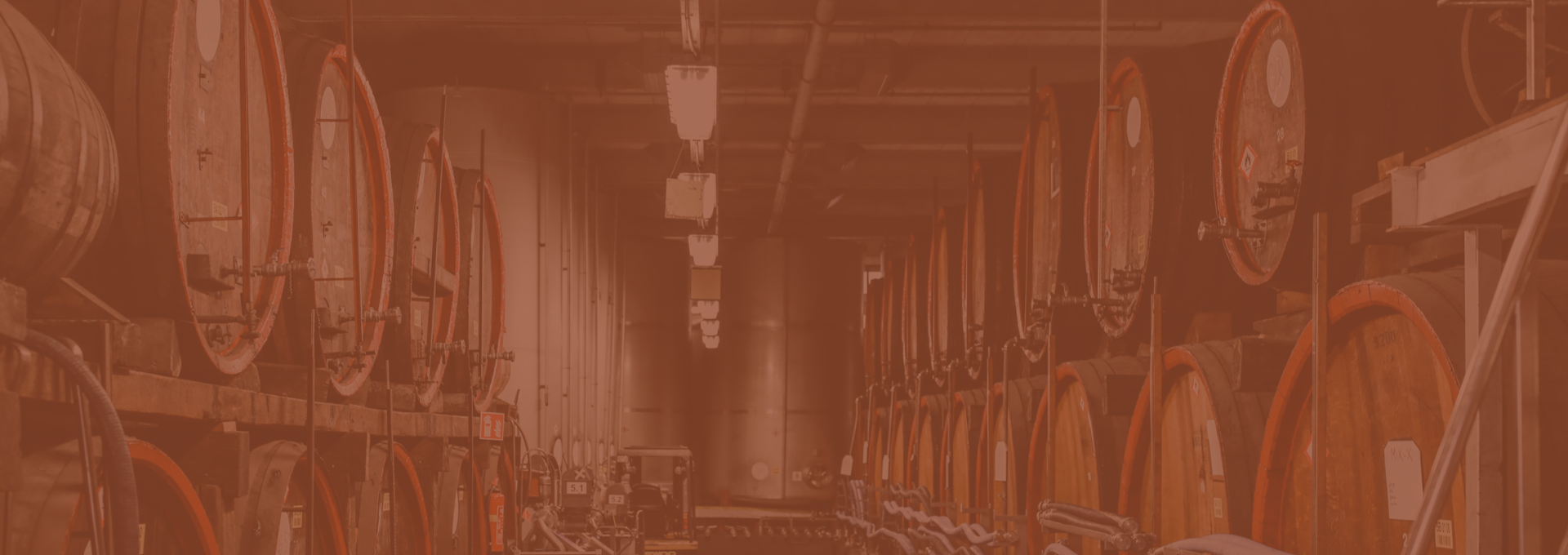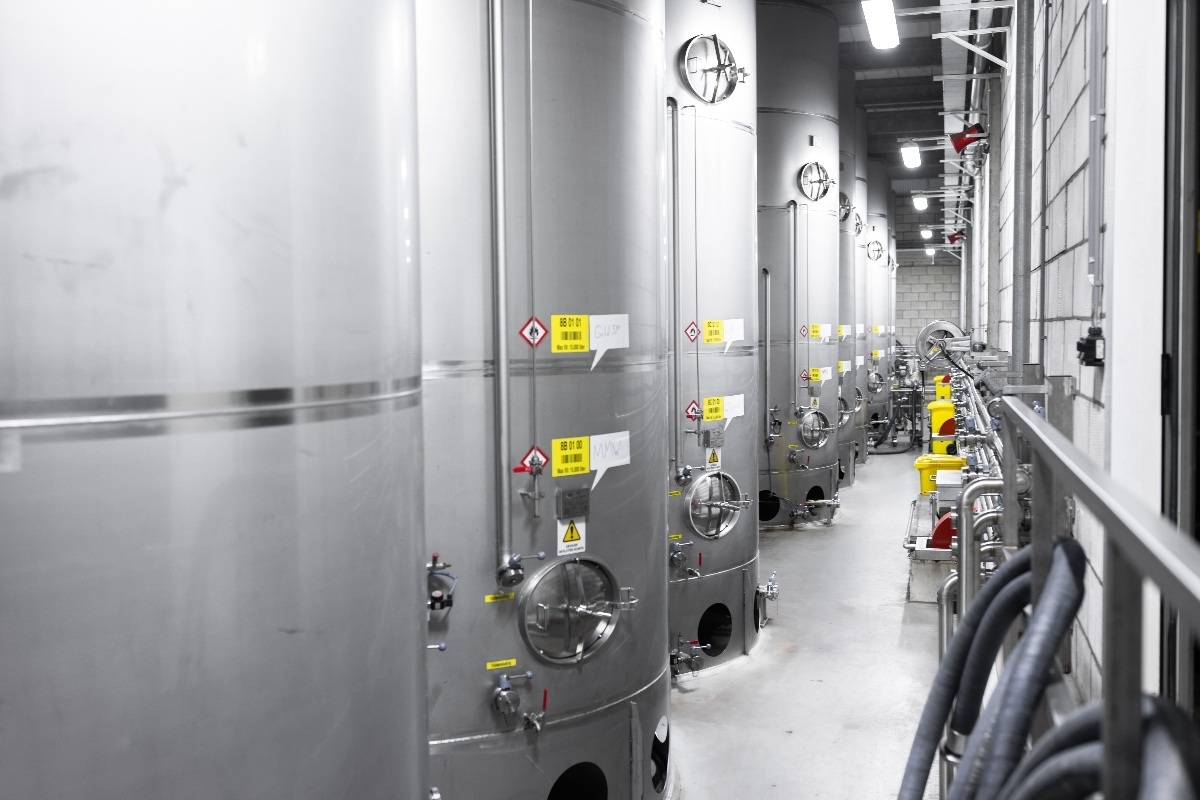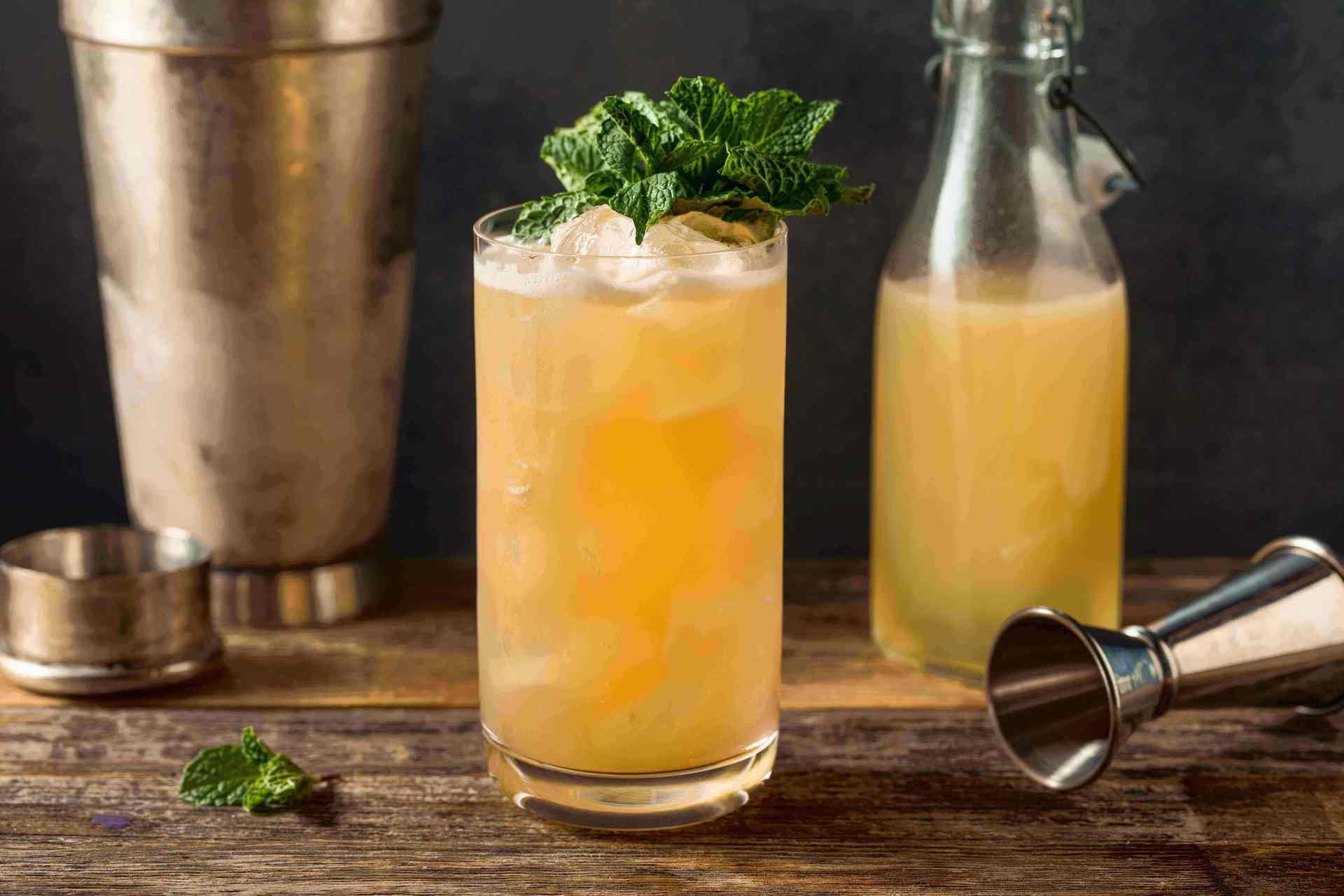Sugarcane Production and Rum

Sugarcane Production and Its Relationship with Rum
Sugarcane production is the first step in creating Rum, a beloved spirit with a rich history. Cultivated in tropical regions worldwide, sugarcane provides the raw material for Rum through its high sucrose content. From the Caribbean islands to Latin America and beyond, Rum production often serves as a cultural symbol, intertwining the past and present of sugarcane cultivation with the spirited legacy of Rum.
Sugarcane cultivation
Sugarcane is a tall perennial grass of the genus Saccharum. Sugarcane often grows near the equator in warm regions such as the Caribbean Basin, Brazil, India, and Southeast Asia. However, exceptions to this can be found in further regions such as South Africa, Argentina, and Northern Australia. While sugarcane planting seems relatively simple, tending to it and providing the right growing conditions can be more difficult.

Origins
It is believed that sugarcane domestication occurred around 8,000 BCE. It first gained a foothold in the Polynesian regions and subsequently spread across the globe, usually through artificial introduction. In the 10th century, historical evidence suggests that Crusaders brought sugar to Europe. A few hundred years later, sugar was cultivated on a large scale in Madeira, where it was also traded primarily in Europe.
Around the same time, sugarcane was introduced to the Caribbean and South America. Portuguese traders brought this plant to Terra de Santa Cruz (modern-day Brazil), where it thrived. In the Caribbean, the first-ever record of sugarcane in this region was via Christopher Columbus’s second voyage (1493-1496). It would take another century for sugarcane to be firmly established in the Caribbean region.
Planting
Sugarcane is typically propagated through cuttings rather than seeds. These cuttings, known as setts or seed cane, consist of sections of mature sugarcane stalks containing buds planted in well-prepared soil. Sugarcane planting takes approximately a year and is commonly done at the onset of the growing season, which varies depending on the region but often coincides with the arrival of warmer weather and the end of the rainy season.
After planting, sugarcane requires consistent irrigation, especially during dry periods, to support its growth and development. Weed control is also essential to prevent competition for nutrients and water. Depending on the variety and local conditions, sugarcane typically takes several months to reach maturity, with some varieties taking up to 12 months or more. Most sugarcane varieties can reach 3 to 4 metres in height and have stalks up to 5 cm (around 2 inches) in diameter.
Climate condition
Sugarcane is a sun-loving plant that benefits from plenty of sunlight. Ideally, it should receive full sun exposure for most of the day, ensuring robust photosynthesis and efficient conversion of sunlight into energy for growth. Adequate moisture is another essential element for healthy sugarcane production. While sugarcane can tolerate periods of drought, consistent and well-distributed rainfall or irrigation is crucial, particularly during the growing season.
Harvesting
Once mature, sugarcane is ready for harvesting, where it undergoes further processing to extract its valuable sugars for various applications, including the production of Rum, sugar, and biofuels. In the Caribbean, sugarcane is often cut once a year, while in subtropical climates such as South America, farmers can harvest sugarcane twice in one year.
When to harvest
Sugarcane is typically harvested between 6 and 12 months after planting, depending on the region. The ideal time to harvest sugarcane is during the dry season when the stalks have the highest sugar concentration. Harvesting too early leaves farmers at risk of immature crops with lower sugar content. Conversely, late harvesting can lead to decreased sucrose levels and decreased sugarcane quality overall. To prevent this, cane farmers and sugar mills work closely with each other through tightly coordinated logistics to decide when to cut each field.
Additionally, farmers use a few indicators to recognise when sugarcane is ready to be harvested. These indicators include crop height measurements, the “Brix level” (sugar content), field conditions, and so on.
About the Brix level: Upon arrival, a laboratory analyses sugarcane samples. The reports yield many results, including how much sugar the cane juice contains, a measurement known as Brix.
Manual and mechanised harvesting
There are two main methods of harvesting sugarcane: manual and mechanised. Traditionally, skilled farmers harvest the canes manually with machetes. They usually cut the stalks close to the ground, as this part has the greatest concentration of sugar. They then nick off the leaves on top. While manual harvesting is physically demanding, farmers can be more selective with their harvest. Therefore, sugar yield is generally higher through manual harvesting than mechanical harvesting.

A good cutter can harvest up to three tonnes of cane per day, though machines can still produce more. Thus, in today’s world, machines are more commonly used in the sugarcane harvesting process to save time and effort. They also produce more uniform cuts on the stalks, ensuring consistent quality and yield. Additionally, machines give optimal performance in well-prepared fields with few obstacles. In fields where the ground is uneven, farmers will resort to harvesting sugarcane by hand. A possible barrier to using machine harvesting is its high initial investment.
Post-harvest
Hand-cut sugarcane stalks can reach lengths of up to two metres, whereas mechanical harvesting typically results in shorter sections, around 30 cm in length. After harvesting, these cane sections are transported to sugar mills or distilleries for processing.
When the cane arrives in long pieces, it is initially cut by mechanised knives to smaller sizes. Following a wash to remove impurities, the cane pieces are passed through rotating rollers, where the pressure extracts the juice containing water, fructose, glucose, sucrose, and other organic compounds.
Modern processing involves feeding the sugarcane through mechanised mill rollers. While small distilleries may operate with just one roller set, larger facilities can employ up to four roller assemblies, forming a lengthy pipeline.

Sugarcane being processed in a sugarcane cutter
Sugarcane in Rum production
Sugarcane comes in different varieties, which distilleries use to create different Rum types. Each sugarcane type has a sequence of letters and numbers to classify them, such as B64.277 or Co99004. The letter in their name suggests their origins. In the examples above, B stands for Barbados, while Co stands for Coimbatore. Various varieties of sugarcane flourish under different conditions. Factors such as climate, soil quality, and pest management, among others, play pivotal roles in determining the most suitable cane varieties to cultivate.
Sugarcane juice, syrup, and molasses are the bases used to create Rum. Different bases produce Rum of various flavours and aromas. The process of producing Rum is multifaceted, with different traditions having their own methods. We have detailed this in our article “How is Rum Made?”.
Frequently asked questions
How long does it take for a sugarcane farm to grow?
The time it takes for sugarcane to grow and reach maturity varies based on factors like variety, climate, soil, and farming techniques. Generally, sugarcane matures within 10 to 24 months after planting, with some fast-maturing varieties ready in as little as 10 to 12 months under ideal conditions.
What are some Rums that are made from sugarcane juice?
Sugarcane juice is a fascinating base used to create Rum. Some Rum types that are created from sugarcane juice are:




Here to support your business
Our team of Rum experts is available to explore ways we can assist your business, whether it be through developing a unique blend or providing ongoing bulk supply for the long term.


